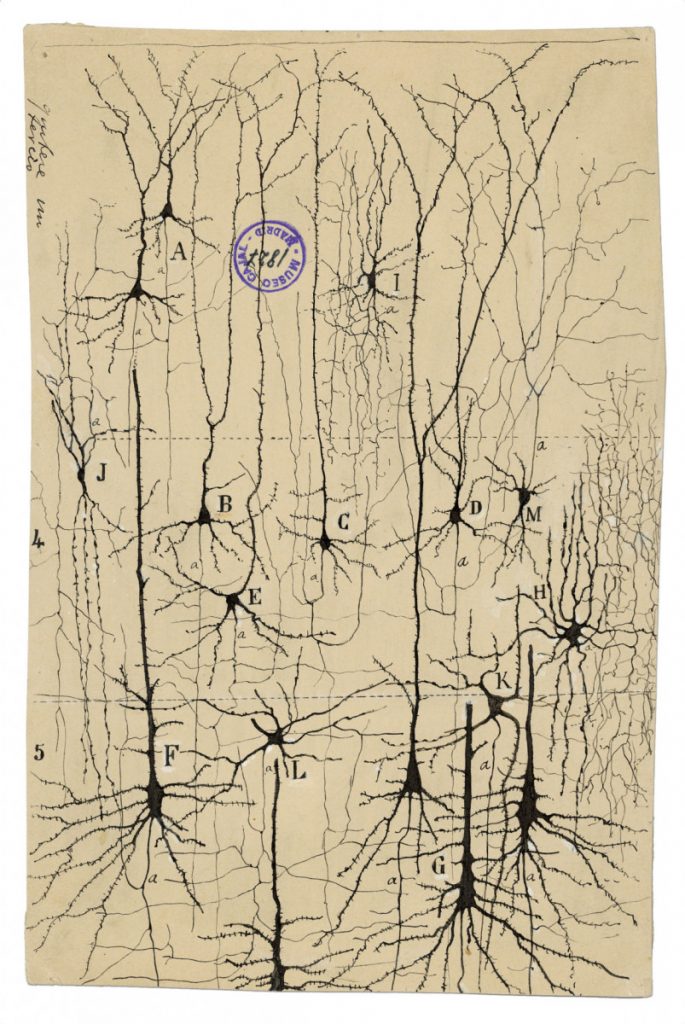I am interested in using mathematical modeling to explore problems in neuroscience and propose plausible mechanisms underlying biological phenomena that may not be uncovered through experiments. Some topics include:
Neuronal Networks

“The cerebral cortex is similar to a garden filled with innumerable trees, the pyramidal cells, which can multiply their branches thanks to intelligent cultivation, send their roots deeper, and produce more exquisite flowers and fruits every day.“
Modeling the human brain is an exciting and challenging endeavor due to the fact that it contains over 80 billion neurons, the connections of which are not well known and often hard to measure. As a result, there is a great need for modeling to offer insight into the underlying physiology and network dynamics. I use detailed modeling of neuronal networks for several purposes:
- to investigate mechanisms underlying the development of orientation preference maps in the visual cortex, including the plasticity of both chemical synapses and electrical junctions.
- to understand how electrical connectivity among neurons in the adult prefrontal cortex affects network synchrony and oscillations
More details on projects involving neuronal network modeling
Mechanics of pain processing
The pain processing pathway in humans involves many areas, including the skin, spinal cord, midbrain, and cortex. How these areas work together to generate a painful experience still remains unclear. Since painful signals are first processed by neurons in the spinal cord, I work on models that interpret signals from the skin and process them for transmission to the cortex. This spinal-cord model is used to:
- investigate the underlying daily modulation of pain sensitivity
- uncover mechanisms underlying the efficacy of spinal cord stimulation in eliminating chronic pain
- study the effect of neuronal injuries on pain processing